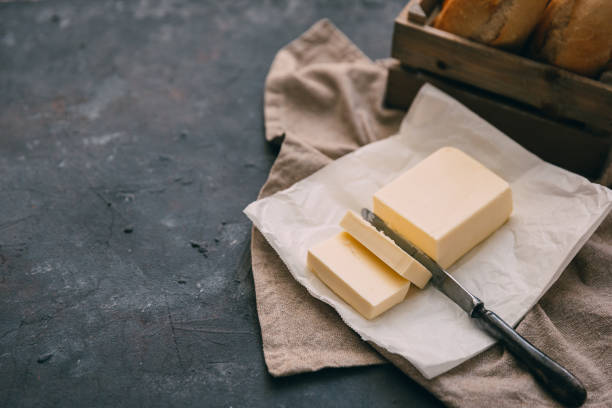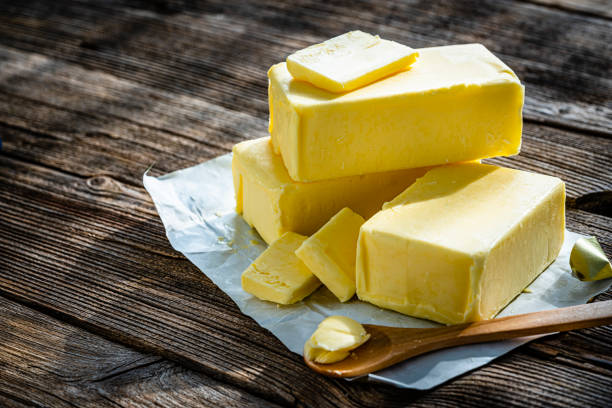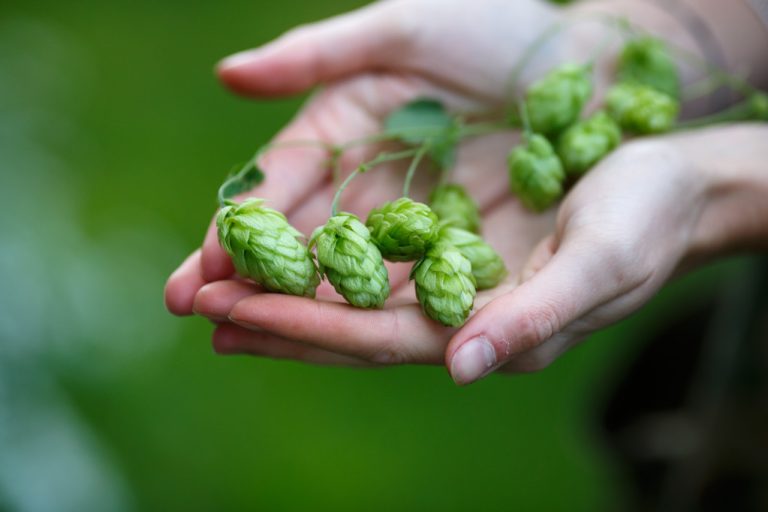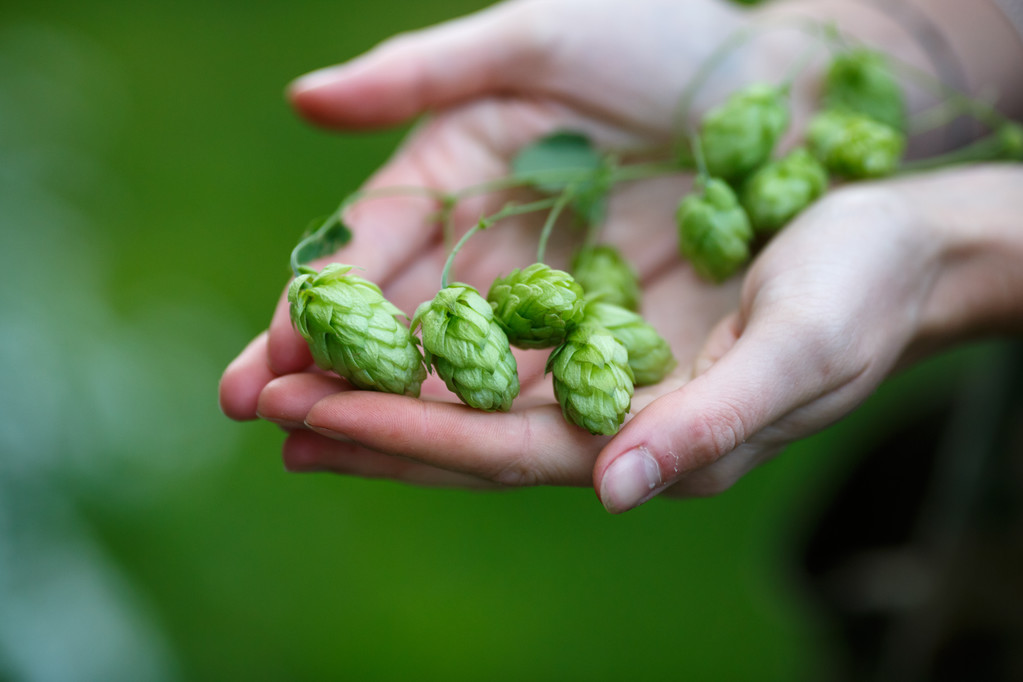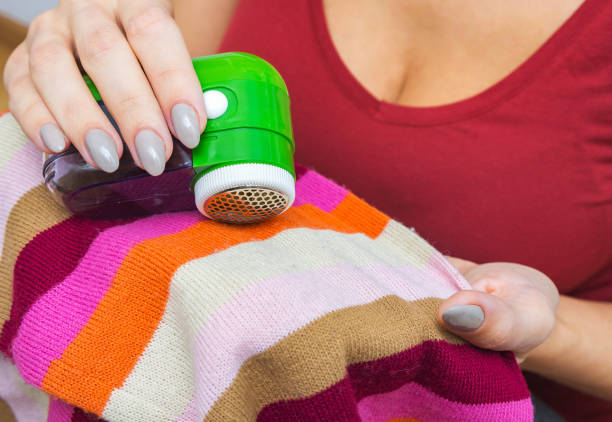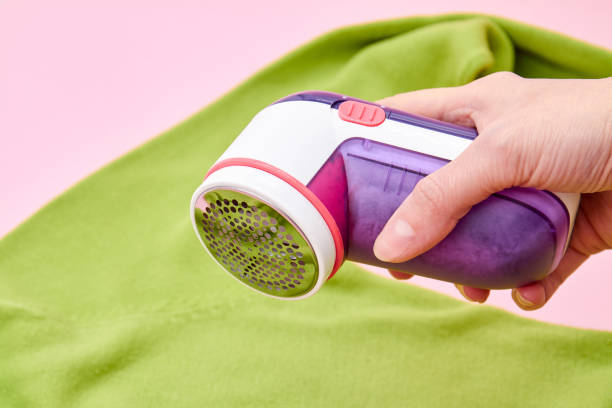The avocado plant is healthy. Hence our information on planting and storing avocados correctly. You will also get to know the valuable nutrients of the fruit and what you can use the avocado plant for. Because this offers many possibilities from consumption to skincare.
In the meantime, it has become indispensable in our supermarkets. The avocado is versatile. For example, you can promote your health and improve your complexion. But what should you pay attention to? We have collected all the facts for you.
Interesting facts about the avocado plant
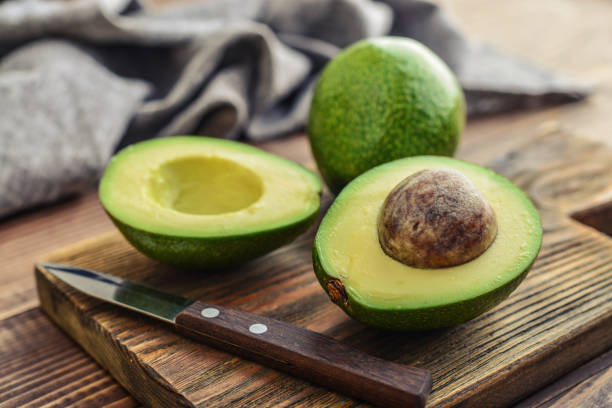
The avocado fruit, hyped as a superfood, is actually a berry. This grows on trees and originally comes from Central and South America. Here it was already cultivated and used by the indigenous peoples living there. After Spanish conquerors conquered the continent, they also came across this valuable fruit. Thus, their global distribution began, with intensive trade starting later. Nowadays you can find a healthy avocado plant in every supermarket. And this can be used in different ways. So you can use them as a spread, make dips or enjoy them in salads. You can also use it to make delicious smoothies yourself or use them for your skin, hair, or effective hand care.
Is the avocado healthy?
Yes, this delicious fruit is healthy! Because it contains valuable nutrients for your body. It provides healthy unsaturated fats and vitamins such as vitamins E, C, K, and B vitamins. Potassium and magnesium can also be found in this superfood. It also contains little fructose and can therefore be eaten by people with fructose intolerance. Thus, you can promote your health by enjoying the avocado plant in good measure. In addition, note interesting facts about healthy oatmeal.
The avocado nutritional values
As already mentioned, depending on the quality, avocado is one of the healthy foods that you can have more often on your menu. In addition to the valuable nutrients, the avocado has the following nutritional values. Keep in mind that the numbers may vary depending on the size and weight of the fruit.
Plant your own avocados
However, you can plant an avocado yourself. For this, you need the core, which you can find in the middle of the pulp. But you need some patience. It doesn’t always work on the first try and it can take several months for the seed to germinate. If you want to plant avocado, you can use two different methods. Either you stick the core directly into the soil and keep it moist. Or you use the water glass method. To do this, fill a glass with water. Then wash the core and make a small cut in it. Then stick three to four toothpicks into the tip of the core and place the frame on the glass so that the core protrudes into the water. You should also note the following things:
- Change the water regularly.
- Choose a sunny location.
- Make sure you have enough heat.
Store avocados properly
The avocado plant is delicious and very healthy. But surely you know the problem that avocados turn brown quickly in the fresh air. And even the beautiful salad quickly looks unappetizing. But lemon juice helps! To do this, sprinkle some lemon juice on the avocado pieces. Then they stay attractive longer.

You should also store this food properly. If you bought an unripe avocado and now want to speed up the after-ripening process, you should store it at room temperature. You can also put them in a paper bag with apples and bananas to speed up the process. If you have a ripe avocado, you can put it in the fridge. This will slow down the ripening of the fruit.
Delicious avocado recipes
Since the avocado is usually eaten raw, you can use it for salads, dips, or a spread. It has become indispensable in vegetarian and vegan cuisine and the number of recipes is endless. You can use the fruit in many ways, especially for brunch. So make a delicious avocado spread with a ripe avocado, a squeeze of lemon, and salt and pepper. If you like, you can refine the whole thing with cream cheese and delicious garlic. Also our avocado recipe for a hearty avocado and potato soup.

